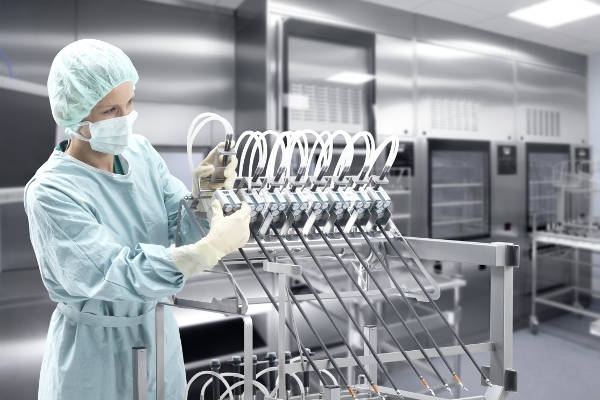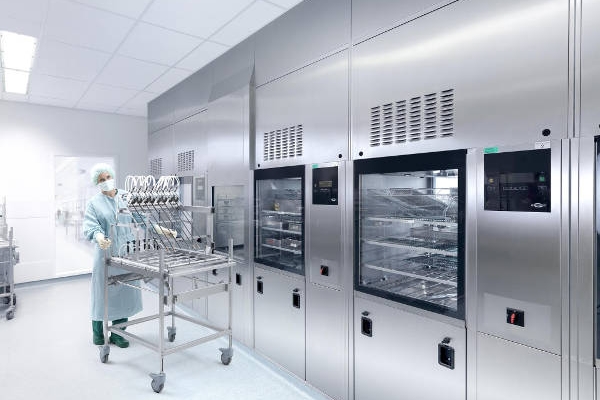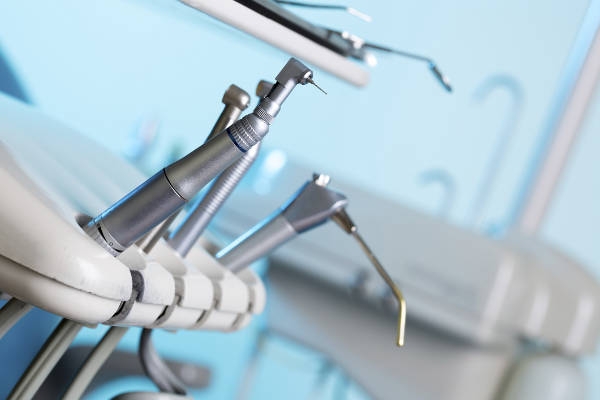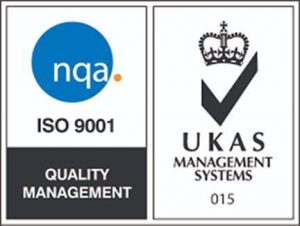Steam Quality Testing
- Non Condensable Gases (NCGs)
- Steam Dryness
- Superheat
We perform GMP Steam Quality Testing to BS EN 285:2015, HTM 2010, HTM 2031, HTM 01 01 and PDA.
A continuous supply of saturated steam is required for steam sterilisers. Too high a level of non-condensable gases will prevent the attainment of sterilizing conditions; too little moisture carried in suspension can allow the steam to become superheated during expansion into the chamber, while excess moisture can cause damp loads.
We provide fast response to all web mail.
This test is used to demonstrate that the level of non-condensable gases in the steam will not prevent the attainment of sterilization conditions in any part of the load.
Non-condensable gases (NCGs) are defined as gases which cannot be liquefied by compression under the range of conditions of temperature and pressure used during the sterilisation process.
Possible sources of non-condensable gases include air and carbon dioxide.
NCGs contained in steam supplied to sterilisers can markedly affect the performance of the steriliser
and the efficacy of the process, cause chamber overheat and lead to inconsistencies in the performance of air detectors and failure of the Bowie-Dick test.
The acceptance criteria for this test detailed in EN 285:2015 is a maximum of 3.5% non-condensable gases.
This test is used to demonstrate that the amount of moisture in suspension with steam from the service supply is sufficient to prevent the steam from becoming superheated during expansion into the chamber.
Superheated steam is an unsuitable medium for moist heat sterilization and can cause failure to sterilize, scorching of textiles and paper and rapid deterioration of rubber. Superheat conditions within the load and chamber may result from adiabatic expansion, exothermic reaction or both.
Superheated steam does not condense and therefore is less efficient than saturated steam. An autoclave fed with superheated steam performs like a dry heat sterilizer.
The acceptance criteria for this test detailed in EN 285:2015 is the superheat shall not exceed 25K
The dryness of the steam is of vital importance to the performance of any steam steriliser. Excess moisture may cause damp loads in porous materials and uneven temperature distributions in non-porous loads. When steam is required to be in direct contact with the surface to be sterilised, sterilising conditions may not be attained if the moisture contained in the steam supply is insufficient to prevent the steam from becoming superheated when expanding into the chamber.
The acceptance criteria for this test detailed in EN 285:2015 is dryness value of not less than 0,95.




